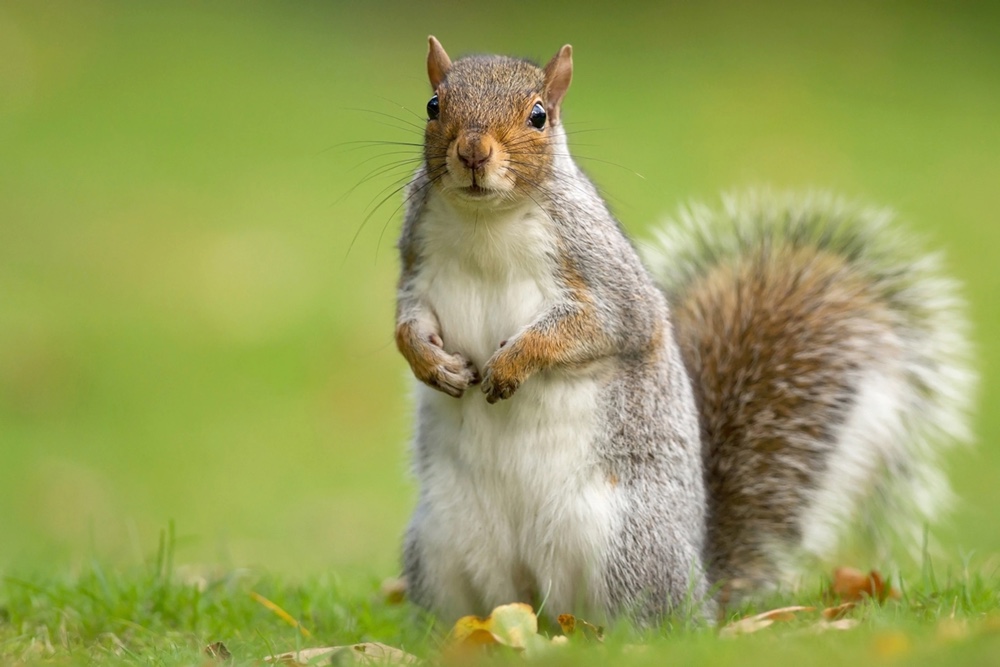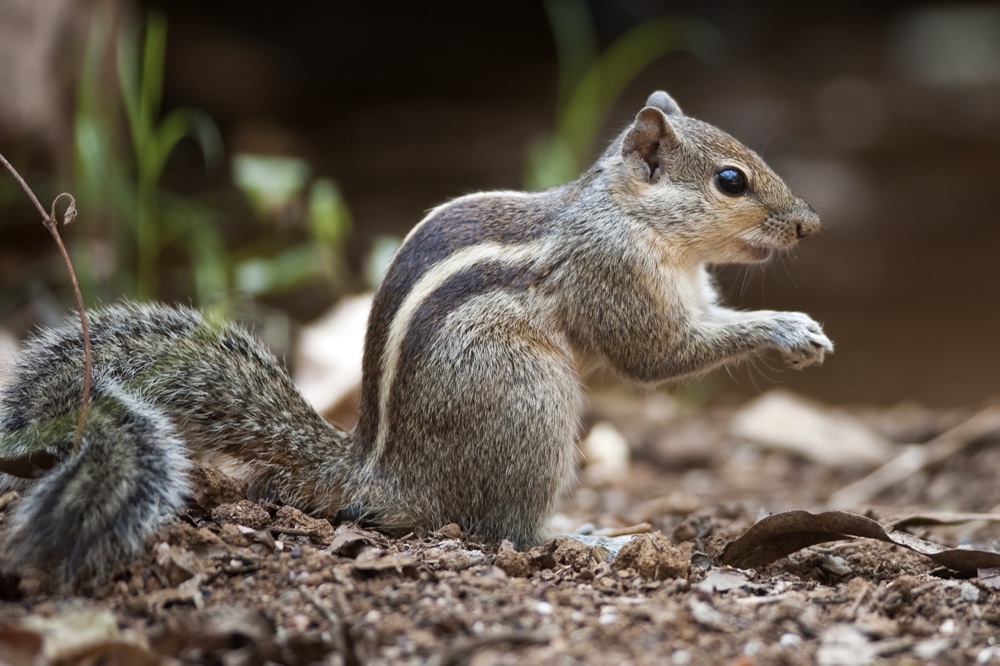It’s time for another model kit, and yes I know this means two in two days.

This is a new Bandai Imaginary Skeleton kit of a tyrannosaurus. As soon as I saw this I knew I had to have it! (The omission of ‘rex’ from the name is likely due to this kit being an imaginative depiction of what may have been three separate species.)

The kit is notable for almost every piece being the same colour! It also has the biggest piece I’ve ever seen in a model kit (the base, see photos below) and is also one of the biggest kits I’ve ever made.

In addition to an instruction manual (in colour and with English instructions as well as Japanese) the kit also contains this 10-page booklet with the latest science about the tyrannosaurus. For instance, it shows how back in the 1900s we thought tyrannosaurus stood up like kangaroos but now we know they more likely lean forward and are feathered.

The head shown above contains ten individual pieces. While the kit doesn’t need glue, I used a bit here and there to keep the connections nice and tight.
From the booklet I learned that the head of a living tyrannosaur weighed about 500 kg, and had a brain that was unusual large compared to mammals. From this scientists believe they were more intelligent than most mammals, especially related to hunting since they had well developed vision and smell. Their longest teeth were 30 cm and had a serrated inside edge like a steak knife.

Look how long that tail is (and the kit in general)! The tail itself was nine pieces, but the rib cage was many more since each rib pair was a separate piece.
On the underside of the ribcage is a smaller inverted riblike structure called a ‘gastralium’. This supported the internal organs and itself was connected to a bone called the pubis which was likely used for support when the tyrannosaur lowered itself to the ground, since it was probably unable to lie down.

It was once believed that the tyrannosaur was clumsy and even slow, and as a result probably ate carrion. But these days we have a better understanding of the physics of the skeleton, and most researchers agree that tyrannosaurs were in fact agile, and could possibly even leap to attack prey (which this kit depicts). This was a creature up over three times the mass of an elephant that may have been agile and intelligent!

These beasts lived in North America about 66 million years ago. This was the last days of the reign of the dinosaurs, and some theorize that the tyrannosaurs were ultimately unable to achieve their full potential due to premature extinction. In other words, for as fierce a predator as this thing was, it may have only been a prototype of something even more deadly!
I love this kit. It’s easy to build, looks great when assembled and comes with a lot of interesting information. For a dinosaur-loving child, this would be an incredible gift.











